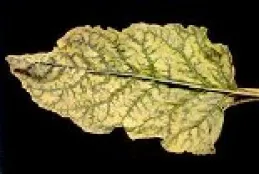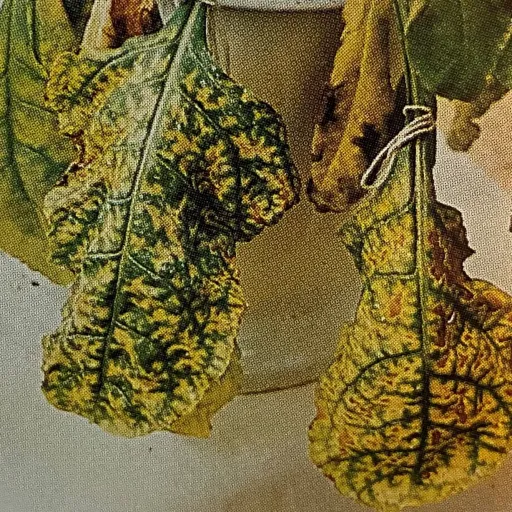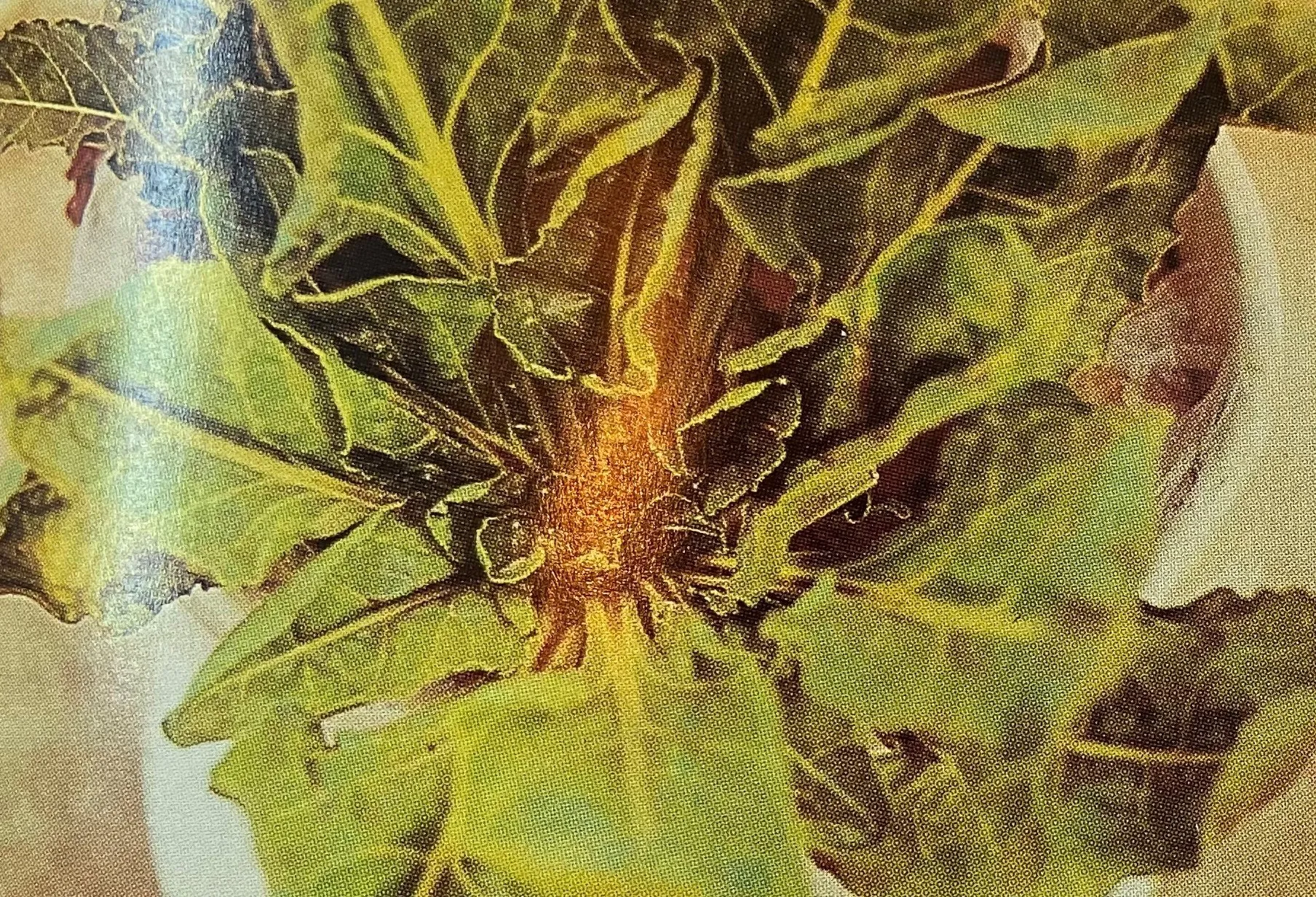Deficiencies
Sugar Beet Crop Deficiencies
Experiencing Sugar Beet Crop Deficiencies? The team here at Fielder Nutrition are experts in improving crop health and maximising yields. Get in touch with our team today.
Contact Us
Deficiency Type
Manganese Deficiency
Manganese is the most widespread micronutrient problem in the UK. Sugar beet is particularly susceptible to manganese deficiency. Deficient plants may show first symptoms at the 2-leaf stage. Interveinal yellow mottling appears on the older leaves and leaf margins curl inwards to give a triangular erect leaf. This is known as ‘speckled yellows’.

Deficiency Type
Magnesium Deficiency
In sugar beet, first symptoms of magnesium deficiency is interveinal chlorosis, beginning at the tips and margins of the leaves, and then moving progressively towards their midribs. Chlorosis is followed by marginal and interveinal necrosis. A green freckling, accompanied by leaf deformation, often occurs when the plants are young. Symptoms are often mistaken for those of potassium deficiency.

Deficiency Type
Boron Deficiency
When boron is deficient the young leaves wilt and in time they can collapse and fail to develop. Other symptoms are pronounced crinkling of the leaf blades and darkening and cracking of the petioles. The growing point of the plant will die and as a result the crown darkens and becomes subject to rot. A further effect is on root growth. The fibrous roots fail to develop and this may be the primary cause of the wilting of the tops.

Deficiency Type
Sulphur Deficiency
Early symptoms are similar to those of nitrogen deficiency. Leaves of the entire plant change gradually from green to light green, then to light yellow with only a faint tinge of green remaining. During this time, the leaves remain erect while the petioles and blades become brittle and break readily. In extreme cases brown blotches of an irregular pattern form on the leaf blades. The brown blotches may also appear on the petioles but, as a rule, do not become necrotic.
